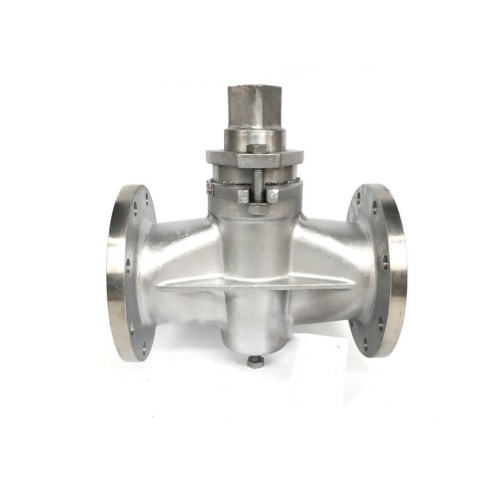Optimizing Performance and Reliability of Balanced Safety Valves in Industrial Applications
Balanced Safety Valve Ensuring Safety and Efficiency in Pressure Systems
In the realm of industrial safety, the balanced safety valve stands as a critical component designed to prevent catastrophic failures due to excessive pressure. The importance of pressure management in various systems, from oil and gas refineries to chemical plants, cannot be overstated. A balanced safety valve not only ensures the safety of personnel and equipment but also enhances operational efficiency.
Understanding Balanced Safety Valves
A balanced safety valve is a specific type of valve that is designed to maintain a consistent set pressure while accommodating variations in back pressure. Unlike traditional safety valves that are susceptible to these fluctuations, balanced safety valves employ unique design features that allow them to minimize the effects of back pressure on the valve's operating mechanism. This is particularly crucial in systems where back pressure can vary significantly during operation.
The core working principle of a balanced safety valve involves the use of a balancing diaphragm or piston. This component acts to equalize the pressure acting on the valve's discharge side with the pressure on the inlet side, effectively reducing the impact of back pressure. When the system pressure exceeds the setpoint, the valve opens to vent the excess pressure, preventing potential damage or explosions.
Applications in Various Industries
Balanced safety valves are widely utilized across multiple industries that require the safe management of pressure
. In the oil and gas sector, for example, these valves are essential in drilling and production processes, protecting pipelines and equipment from overpressure situations that could lead to oil spills or gas leaks. In the chemical manufacturing industry, balanced safety valves safeguard against the pressure build-up that may result from exothermic reactions, preventing hazardous situations.balanced safety valve

In addition to oil, gas, and chemicals, balanced safety valves find applications in steam systems, power generation plants, and even HVAC systems. Their versatility and reliability make them an integral part of any pressure management strategy.
Benefits of Using Balanced Safety Valves
One of the foremost advantages of balanced safety valves is their reliability. Due to their design, they provide consistent performance, even in the presence of fluctuating back pressures. This reliability ensures that safety measures are maintained without interruption, which is crucial in high-stakes operational environments.
Furthermore, balanced safety valves contribute to operational efficiency. By minimizing unnecessary pressure releases, they help maintain optimal process conditions, reducing product loss and improving throughput. This efficiency can lead to significant cost savings for companies, as well as a lower environmental impact due to reduced emissions and waste.
The installation of balanced safety valves also enhances compliance with safety regulations. Many industries are governed by stringent guidelines that dictate the use of safety devices to protect workers and the environment. Utilizing balanced safety valves can help companies meet these requirements, thereby avoiding penalties and enhancing their reputation as responsible operators.
Conclusion
In conclusion, balanced safety valves are vital for maintaining safety and efficiency in pressure systems across various industries. Their ability to handle fluctuating back pressures while maintaining a consistent performance level makes them an essential component in preventing accidents and ensuring smooth operations. As industries continue to evolve and face new challenges, the role of advanced safety solutions like the balanced safety valve will undoubtedly remain pivotal in fostering a safer and more efficient working environment. Investing in such technology is not merely a regulatory compliance measure but also a strategic approach to enhance productivity and safeguard both personnel and equipment in the long run.
-
3-types-of-check-valves-maintenance-tipsNewsAug.23,2025
-
ball-valves-types-with-trunnion-mounted-designNewsAug.23,2025
-
butterfly-valve-company-production-capabilitiesNewsAug.23,2025
-
fisher-globe-valve-technical-specificationsNewsAug.23,2025
-
types-of-gaskets-for-flanges-selection-guideNewsAug.23,2025
-
wedge-gate-valve-suppliers-quality-standardsNewsAug.23,2025
-
Breakthrough in Domestic Low Temperature Valve Technology in ChinaNewsAug.18,2025




